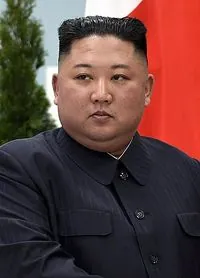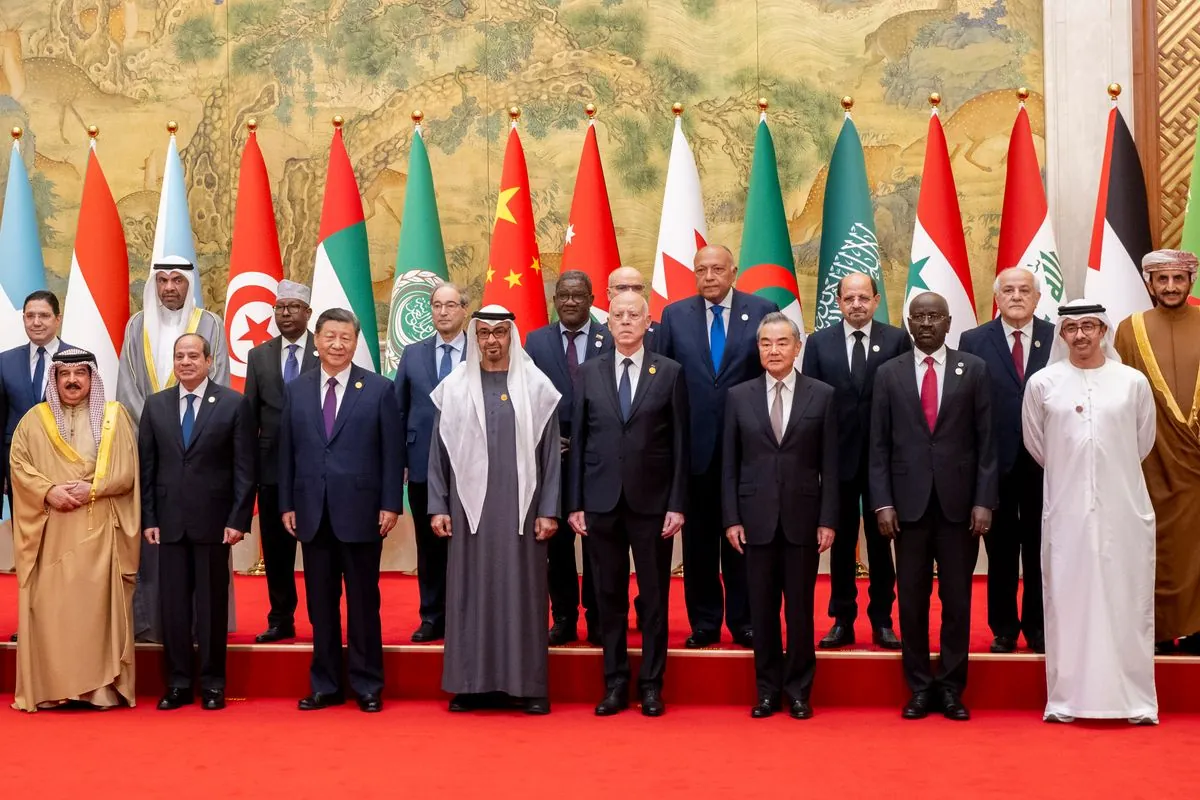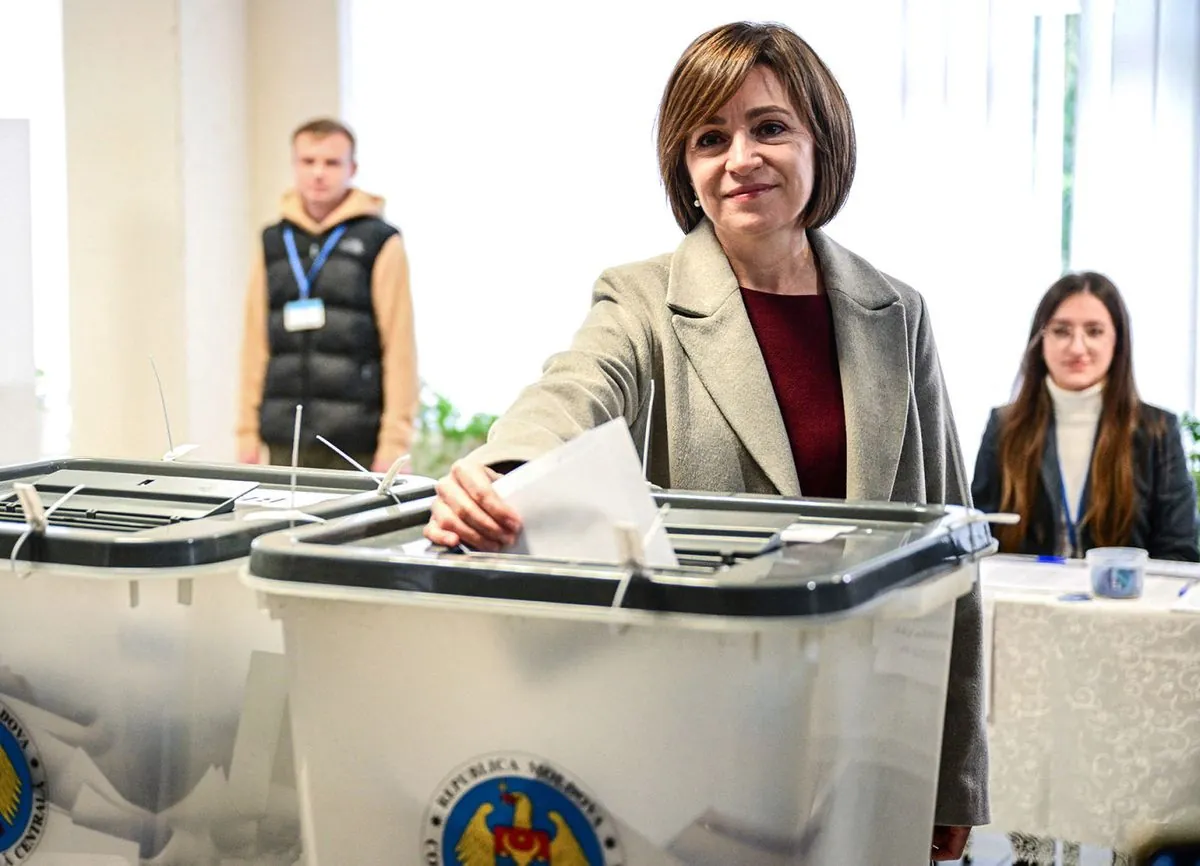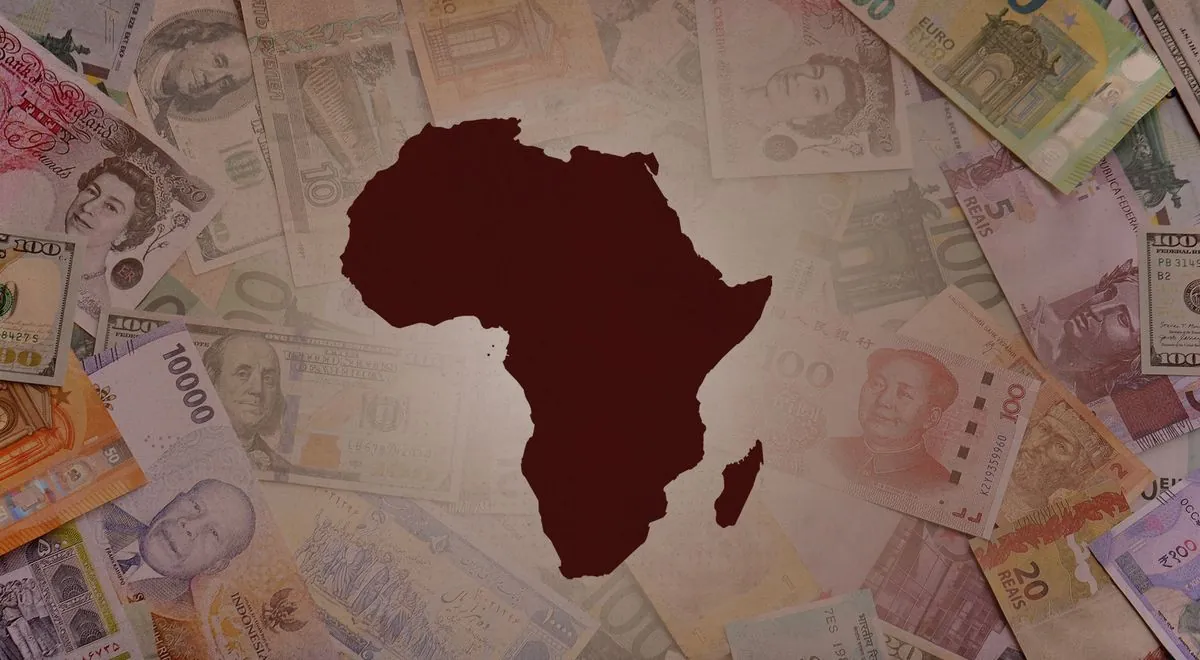Ukraine Faces 6 GW Winter Power Shortfall Amid Ongoing Challenges
Ukraine anticipates a significant electricity supply deficit this winter, exacerbated by Russian attacks and an expiring gas contract. The EU offers support through power plant relocation and increased exports.
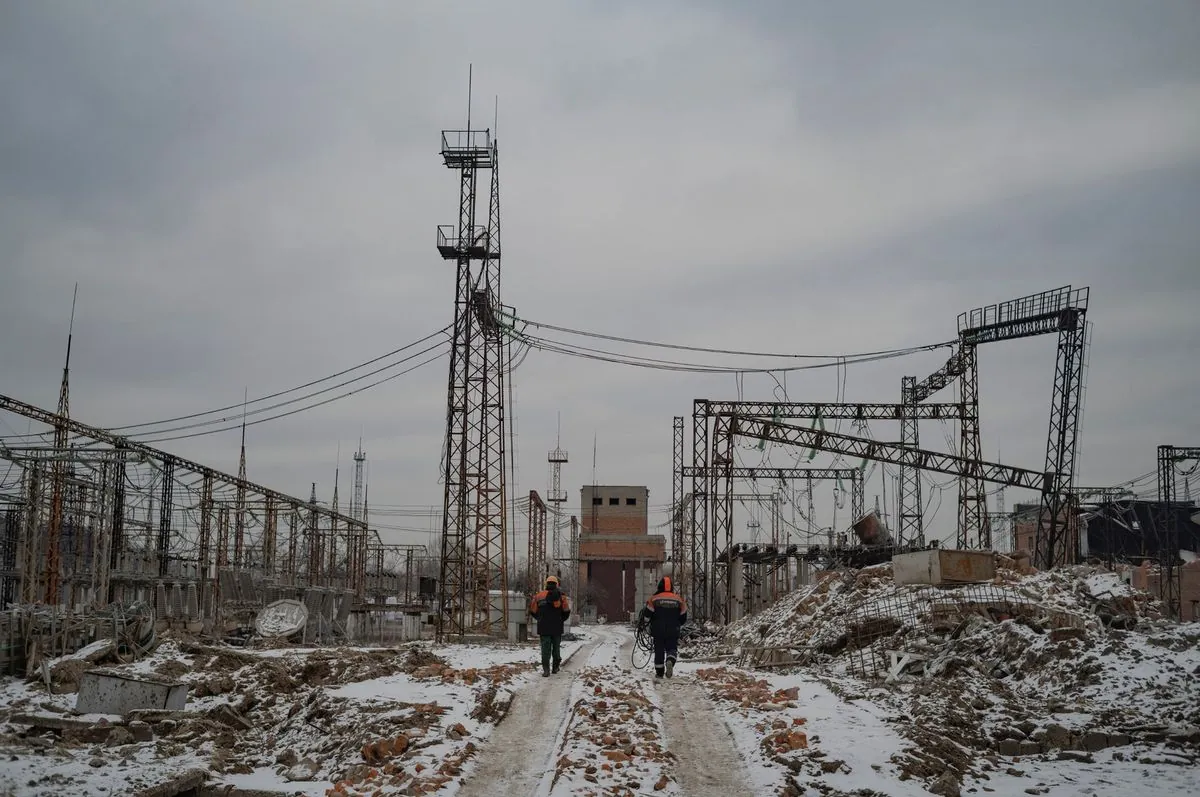
The International Energy Agency (IEA) has reported that Ukraine could face a substantial electricity supply shortfall of 6 gigawatts (GW) during the winter of 2024-2025, approximately one-third of the expected peak demand. This deficit is equivalent to the peak annual electricity consumption of Denmark, highlighting the severity of the situation.
The primary factors contributing to this shortfall are the ongoing Russian attacks on energy infrastructure and the impending expiration of a gas supply contract. Since Russia's full-scale invasion in February 2022, Ukraine's energy system has been a frequent target, resulting in rolling blackouts and limited electricity supply to various regions.
In response to this crisis, the European Union has offered assistance. A fuel power plant is being dismantled in Lithuania to be reconstructed in Ukraine, aiming to restore 2.5 GW of capacity. Additionally, electricity exports to Ukraine will be increased.
The IEA report reveals that during the summer of 2024, when electricity demand is typically lower, Ukraine's generation capacity fell by more than 2 GW below the peak demand of 12 GW. For the upcoming winter, peak electricity demand is projected to rise to 18.5 GW.
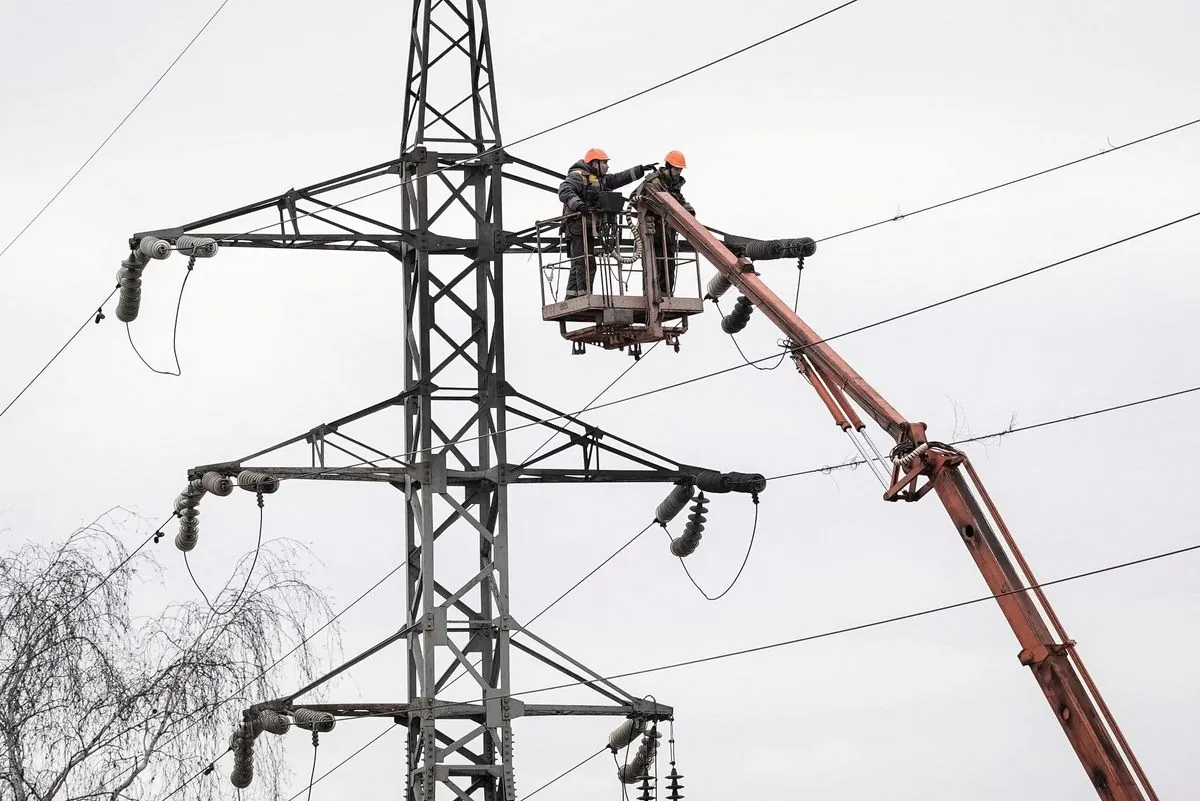
Despite the anticipated return of nuclear plants from maintenance outages and electricity imports of 1.7 GW from neighboring European countries, Ukraine may still face a supply deficit of 6 GW. The IEA warns that further attacks on infrastructure, unforeseen equipment failures, and missed maintenance cycles pose additional risks to the energy supply.
Ukraine's energy ministry reported that the country has lost 9 GW of generating capacity in 2024 due to over 1,000 Russian strikes. This loss is particularly significant given that Ukraine's total installed electricity capacity was about 55 GW before the invasion, making it the third-largest electricity exporter in Europe at that time.
The gas supply situation adds another layer of complexity. While Ukraine could potentially meet its gas demand through domestic production and storage under normal circumstances, a colder-than-average winter would necessitate imports. The expiration of a gas transit deal with Russia's Gazprom at the end of 2024 further complicates the situation, as Ukraine has expressed no desire to extend it.
To enhance Ukraine's energy security for the coming winter, the IEA recommends several measures. These include repairing and protecting assets against further attacks, implementing domestic energy-saving measures, delivering small combined heat and power units to the most affected areas, and improving the transmission of electricity imports.
The situation in neighboring Moldova also impacts Ukraine's energy landscape. Moldova receives about two-thirds of its electricity from a power plant in the breakaway region of Transnistria. As transmission capacity with continental Europe is shared between Ukraine and Moldova, any shortages in Moldova would require agreement on the distribution of imports.
Despite these challenges, Ukraine has been making strides in diversifying its energy sources and improving efficiency. The country has significant untapped renewable energy potential, especially in wind and solar, and has been setting ambitious targets for increasing its renewable energy share. Furthermore, Ukraine's power grid was synchronized with the European grid in March 2022, marking a significant step towards energy independence and integration with European markets.
As winter approaches, the international community's support and Ukraine's own resilience will be crucial in addressing these energy challenges and ensuring the well-being of its population during the cold months ahead.














